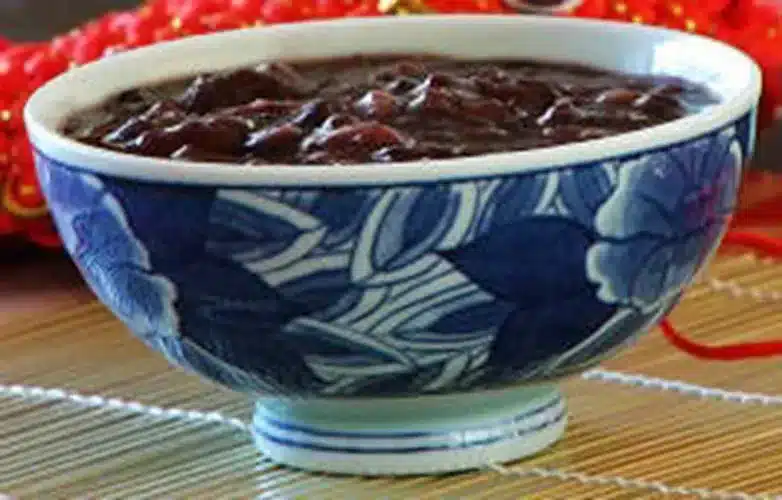The Laba Rice Porridge Festival, also known as Laba Festival, is a traditional Chinese festival that falls on the eighth day of the twelfth lunar month, typically in January or February on the Gregorian calendar. It is a time for families to gather together and enjoy Laba porridge, which is made from glutinous rice, millet, beans, and various nuts and fruits. The porridge is said to have originated from the ancient practice of preparing porridge with multiple ingredients to sustain people through the cold winter months.
The festival also has a religious significance, as it is believed to commemorate the day when the Buddha attained enlightenment. It is said that on this day, the Buddha asked his disciples to make porridge from various grains to feed the hungry and the poor, which is why the Laba porridge is often given as an offering to the Buddha and distributed to the needy.
In addition to eating Laba porridge, there are other customs associated with the festival, such as reciting sutras, making offerings to the Buddha, and performing good deeds. The Laba Festival is also considered a good time to clean the house and make plans for the coming year.
It is a traditional festival in Han Chinese and some minority ethnic groups, especially popular in North China and Northeastern China.
History of Laba Rice Porridge Festival
The origins of the Laba Rice Porridge Festival can be traced back to ancient China. It is said that the festival was first observed during the Han Dynasty (206 BC-220 AD) as a way to commemorate the winter solstice and to give thanks for a bountiful harvest. The porridge, made from various grains and nuts, was believed to have medicinal properties and was thought to help people stay warm and healthy during the cold winter months.
In the Buddhist tradition, the festival has a different origin story. It is said that the Buddha attained enlightenment on the eighth day of the twelfth lunar month, and on this day, he asked his disciples to make porridge from various grains to feed the hungry and the poor. This act of compassion and generosity is said to have given rise to the custom of making and consuming Laba porridge on this day.
Over time, the festival grew in popularity and became an important annual event for many Chinese families. It is a time for families to gather together, eat Laba porridge, and perform good deeds. The festival is also a time for religious rituals such as reciting sutras and making offerings to the Buddha.
Nowadays, it’s widely celebrated in China, especially in the North and Northeastern parts, and also widely seen in Chinese communities around the world. Many people would eat Laba porridge, prepare and offer to their ancestors or give to the poor, visit temples or praying for a better next year.
Customs of Laba Rice Porridge Festival
The Laba Rice Porridge Festival is a time for families to gather together and celebrate with traditional customs and rituals. Some of the customs and traditions associated with the festival include:
- Eating Laba Porridge: The most prominent custom associated with the Laba Festival is the consumption of Laba porridge. The porridge is made from a variety of ingredients such as glutinous rice, millet, beans, peanuts, sesame seeds, and various nuts and fruits. It is believed to have medicinal properties and is thought to help people stay warm and healthy during the cold winter months.
- Cleaning the house: The Laba Festival is also considered a good time to clean the house and prepare for the new year. Many people will give their homes a thorough cleaning, and it is considered good luck to sweep out the old and bring in the new.
- Making offerings to the ancestors and the poor: In many families, Laba porridge is prepared and offered to the ancestors and poor people as a way to show gratitude and compassion.
- Visit temple and praying: Many people would take time to visit temples and pray, it is a time for religious rituals such as reciting sutras and making offerings to the Buddha.
- Charity activities: Some organizations and charity groups would hold charity activities and events on Laba Festival, for example, preparing and donating Laba porridge, visiting the elderly, volunteering and etc.
- Folk performances: Some places would have folk performances, such as dragon and lion dance, stilt walker and other traditional performances.
- Laba Garlic: A custom that also becoming popular in recent years, many people would eat Laba garlic, which is pickled garlic, as a good luck charm, as the Chinese word for garlic (蒜) sounds similar to a homophone for “things will be well” (蒜好).
All of these customs and traditions are meant to bring good luck and blessings for the new year and to foster a sense of community and goodwill among families and friends.

